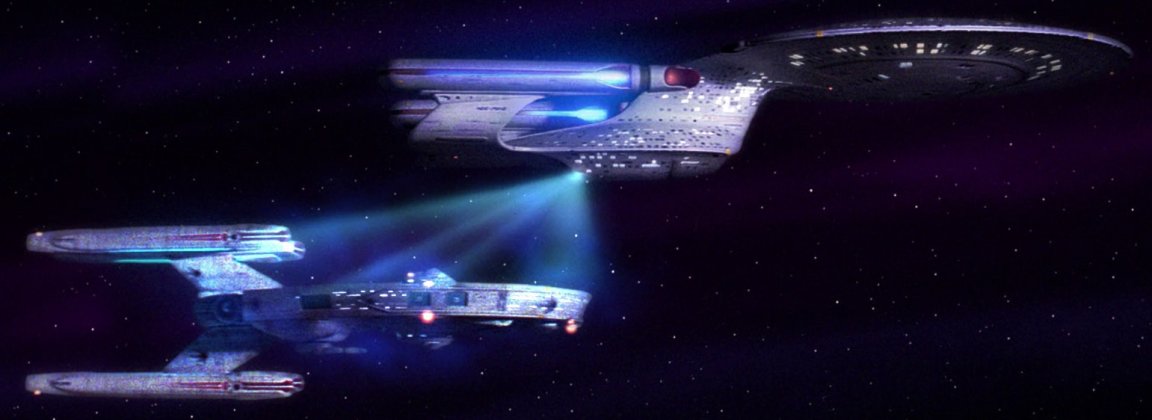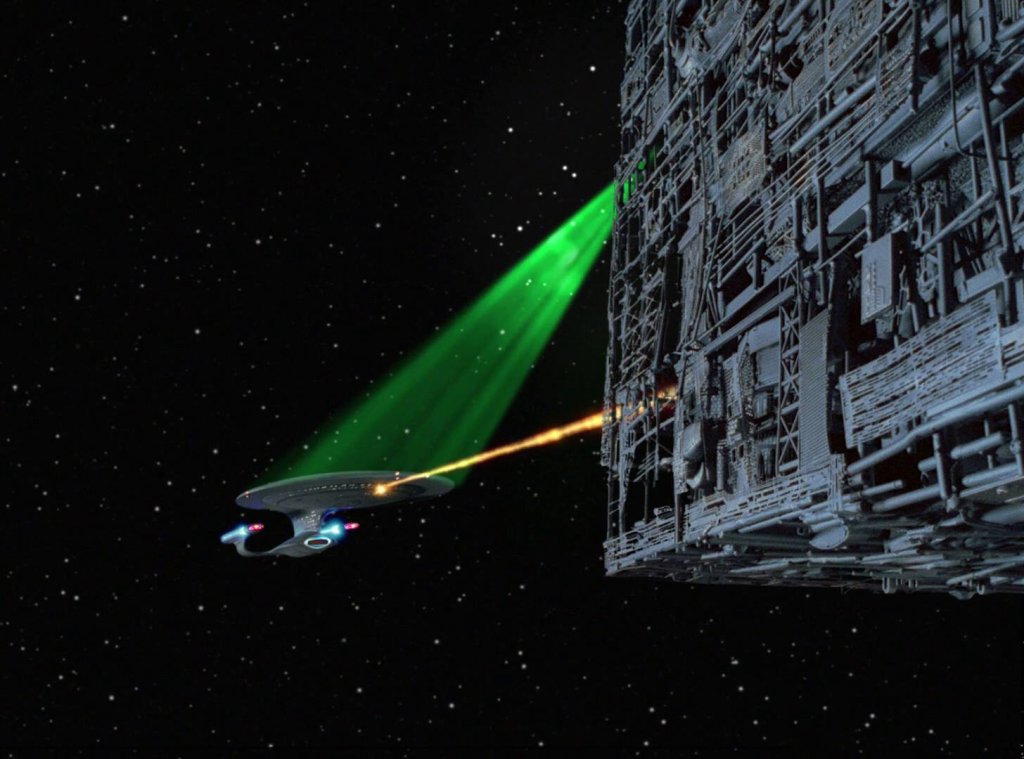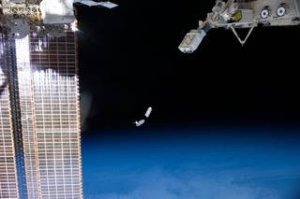
Tractor beams are a dangerous obstacle in science fiction. The Death Star is equipped with many (which never ends well), and we’ve seen them used in Star Trek for a number of purposes. But in reality, instead of the Millennium Falcon, tractor beams have captured the attention of NASA…whose goal is to bring them to reality.
The Hover Engine
NASA recently signed on to collaborate with Arx Pax with the goal of taking advantage of their magnetic field manipulation technology. NASA would use this technology both on Earth and in space. Retrieving small satellites in space would be a simple feat, as would creating microgravity environments on Earth.
The hover engine, used in Arx Pax’s hoverboard, (which we talked about in this article) is what NASA is specifically interested in. According to Greg Henderson, CEO and co-founder of Arx Pax, “we’re providing NASA is another tool in their arsenal of accomplishing what they want to accomplish.”

So, how does it work? The hover engine creates a strong magnetic field. The field then interacts with a conductive aluminum or copper surface, creating another magnetic field. The resulting field can be manipulated to attract or repel the engine.

Moreover, the technology, although presented as part of the hoverboard project, has life-saving potential. It could help stabilize buildings during an earthquake, or help them hover in the event of flooding (though this tech is still likely years away).
CubeSats
NASA’s main goal is to use the technology for their CubeSats project. CubeSats are “nanosatellites” designed for light payload missions. They are comprised of units that measure 4 inches (10 cm) on each side.
“Every pound that you send into space costs a phenomenal amount of money,” said Todd Bonalsky, an electrical engineer at NASA. “Hence in the investment in CubeSats, which are tiny, complete satellites that are cheaper and easier to build than their larger counterparts.
Combining Technologies

CubeSats are quite small, so figuring out the best way to add an acceleration component can be challenging. Thrusters could throw them out of control, and moving them by hand isn’t convenient. However, if you can manipulate the CubeSats using a magnetic field generated by a larger craft, that could work.
According to representatives from Arx Pax, the “tractor beam” will draw, as well as repel, satellites at the same time, meaning “it will hold a satellite at a distance and won’t allow it to move away or toward the capture device.”
Back on Earth, the technology could be used to create a microgravity environment. This way, testing that would usually have to be done in space could be done on Earth, saving us all a lot of money.
However, if any of you mad scientists are hoping to use this technology to capture enemy ships, don’t get too excited. The hover engine can manipulate objects, but on a scale of centimeters. The project is still in the works, but NASA hopes to move quickly with this partnership.